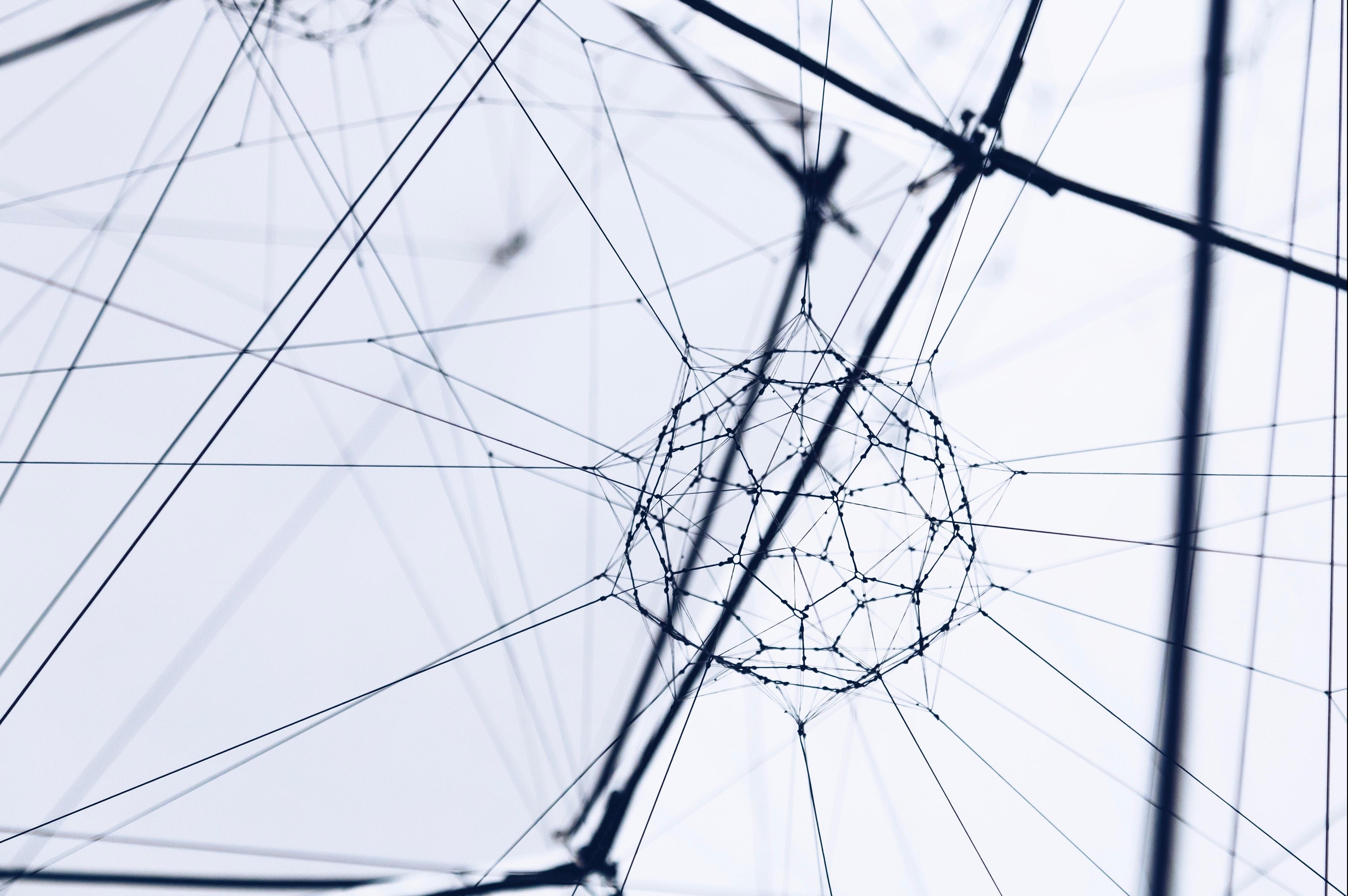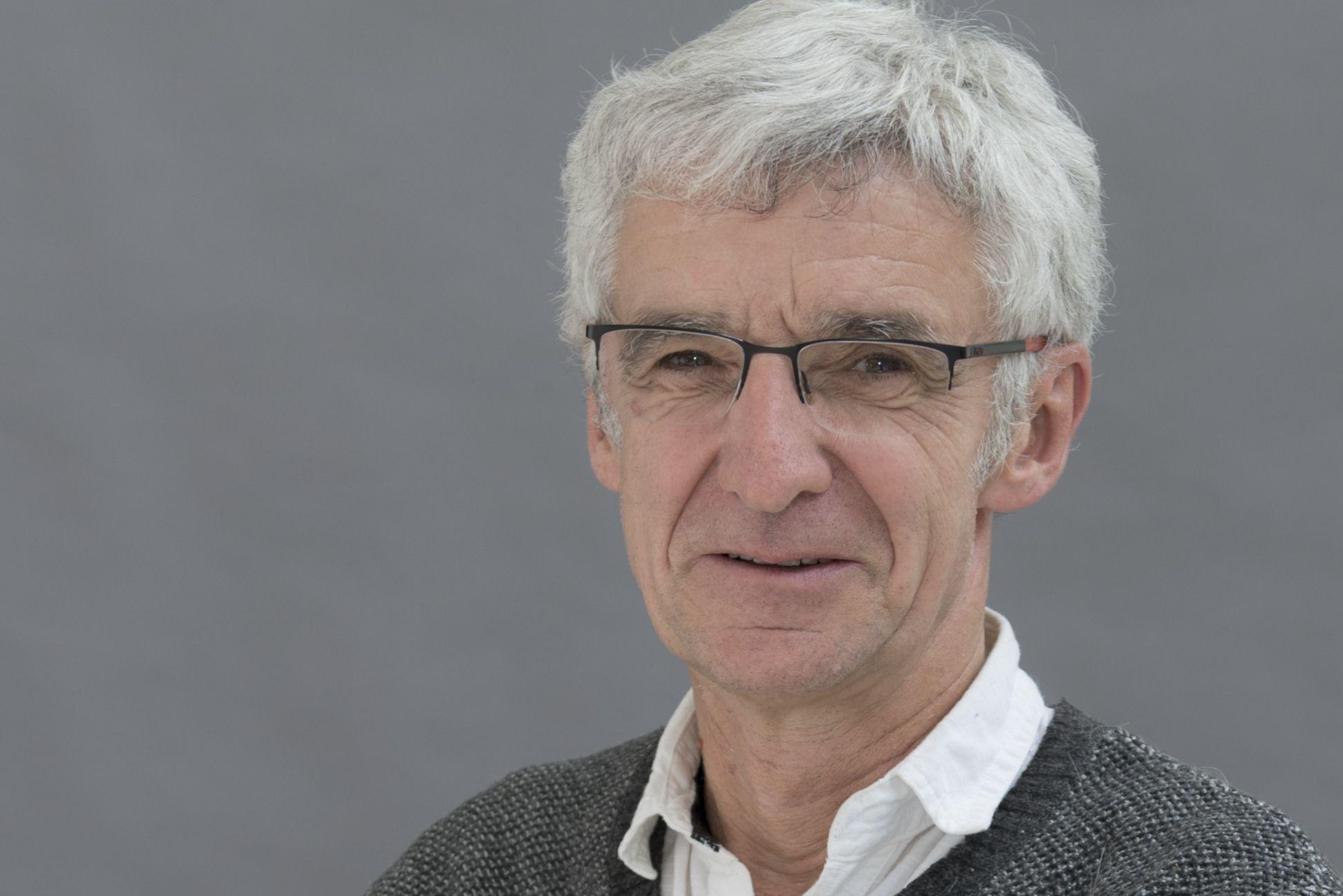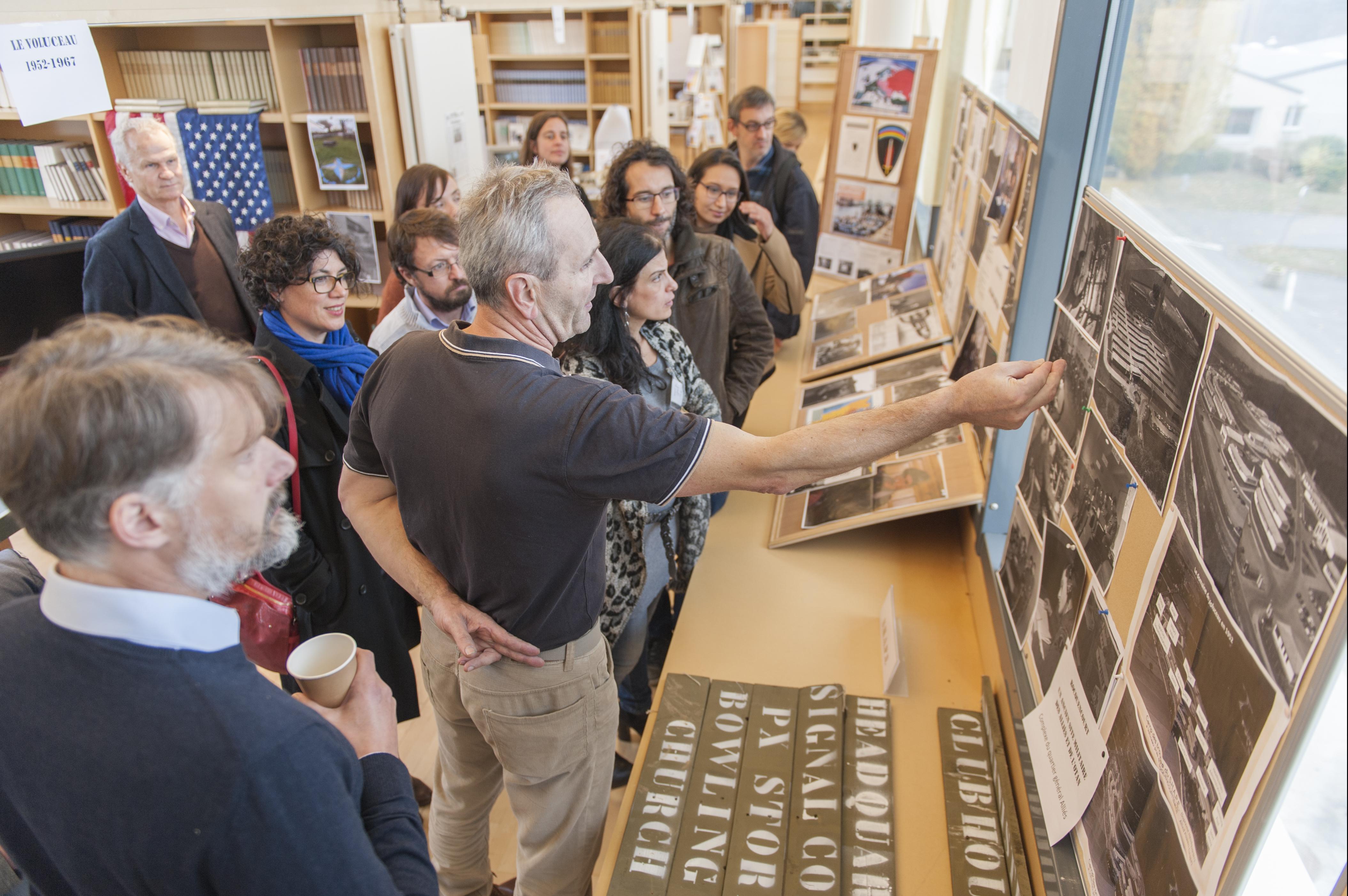For an inclusive, intelligent and sustainable web: the 2020 Manifesto for Web Science unveiled
Date:
Changed on 24/07/2020

The manifesto synthesizes and extends results from the Perspectives Workshop “10 Years of Web Science” that took place at Schloss Dagstuhl from June 24 – 29, 2018. This manifesto has been presented and discussed July 9 in the “Spotlight Panel: Research Roadmap” at the ACM International Conference on Web Science.
Fabien Gandon, Director of research at Inria, (Wimmics team) is a co-author of the manifesto and was a participant of the Dagstuhl workshop in 2018 and the WebScience 2020 Panel.
Whilst the Web is a mighty instrument for individuals, institutions and society, as an instrument it can be put both to beneficial or to detrimental use. For all the enormous benefits that the Web offers for information sharing, collective organization and distributed activity, social inclusion and economic growth, the negative consequences are only too apparent. It is a core task for Web Science to analyse, understand and navigate these ambivalences of the Web, ideally amplifying the good and countering the bad.
Half of humanity uses the Web directly, and nearly all people are affected by it. But this is only a fraction of the agents who contribute to the Web. More and more human and artificial forms of intelligence are connected to the Web and participate in its content, structure, services and all the activities it supports.
Understanding the Web, its current and future trajectories through AI, demands that we craft new approaches at the intersections of traditional disciplinary practice. As the object of our study evolves and the necessity for collaboration across disciplines and with researchers in industry and government becomes ever-greater, it is urgent that we innovate our methods and research infrastructures accordingly.
Key challenges for Web Science at present are as follows:
The Web is not fixed or finished. It remains open to possibilities, of all kinds.
The very properties of openness, flexibility and dynamism that drove its growth now threaten its future . As we move towards a Web of AI, both the challenges and opportunities are amplified. We are already all too familiar with hate speech, cybercrime, violations of privacy with data and algorithmic bias, for example. These social problems and risks may become worse as AI drives new methods of information proliferation, individual profiling and targeting, and the means to override security systems. And there will be challenges that we cannot even imagine as yet — this much we know from the history of the Web.
Yet, at the same time, AI brings opportunities. Opportunities to harness the Web in positive and progressive ways, to counter the morally unacceptable and criminal activities more efficiently and effectively than ever before and to provide resources for human prosperity and well-being.
The Web has evolved from a Web of documents to a Web that is so omnipresent that societies almost take it for granted and spend little thoughts about it.
At the same time the Web affects individual lives, economies as well as national and international politics. The next wave, which is already visible now, will be a Web that links all forms of Intelligence and that continues to evolve at accelerating speed. A new wave of AI, powered to a great extent by the phenomenal data resources largely created by the Web and by the global infrastructure
of the Web, has begun a new round of transformations with unforeseen impacts on the Web futures and the future of our world.
The “Web is a never ending project” and perpetual changes are at the very core of the Web. Change is neither good nor bad and as with every change, there is the potential to bring as much disruption as benefit. We cannot stop change, therefore the question is how we deal with change and in particular, how we embrace it as an opportunity for reflection on the past and to guide us in the future while staying loyal to Web’s founding values of information sharing and inclusiveness.

Thirty years ago, the Web was set up to meet an ever-growing need to organise and access information. As a founding member for Europe of the W3C, Inria take a look back at the birth of the Web as both a research subject and a tool, assessing the problems that continue to be raised.

For Inria's 50th anniversary in 2017, Jean-Marie Hullot presented us with his journey from research to the co-creation of the Iphone and entrepreneurship. Trajectories guided by a scientific and aesthetic requirement, and by his passion for the image, developed until the end of his life within the Iris Foundation.

The “From Shape to the Digital Inventors” exhibition was designed and created on the initiative of three members of the Inria headquarters team, Marie-Pierre Diquelou, Thierry Boche and Rémy Taillefer. The exhibition traces the history of the Rocquencourt site as well as that of computer science.